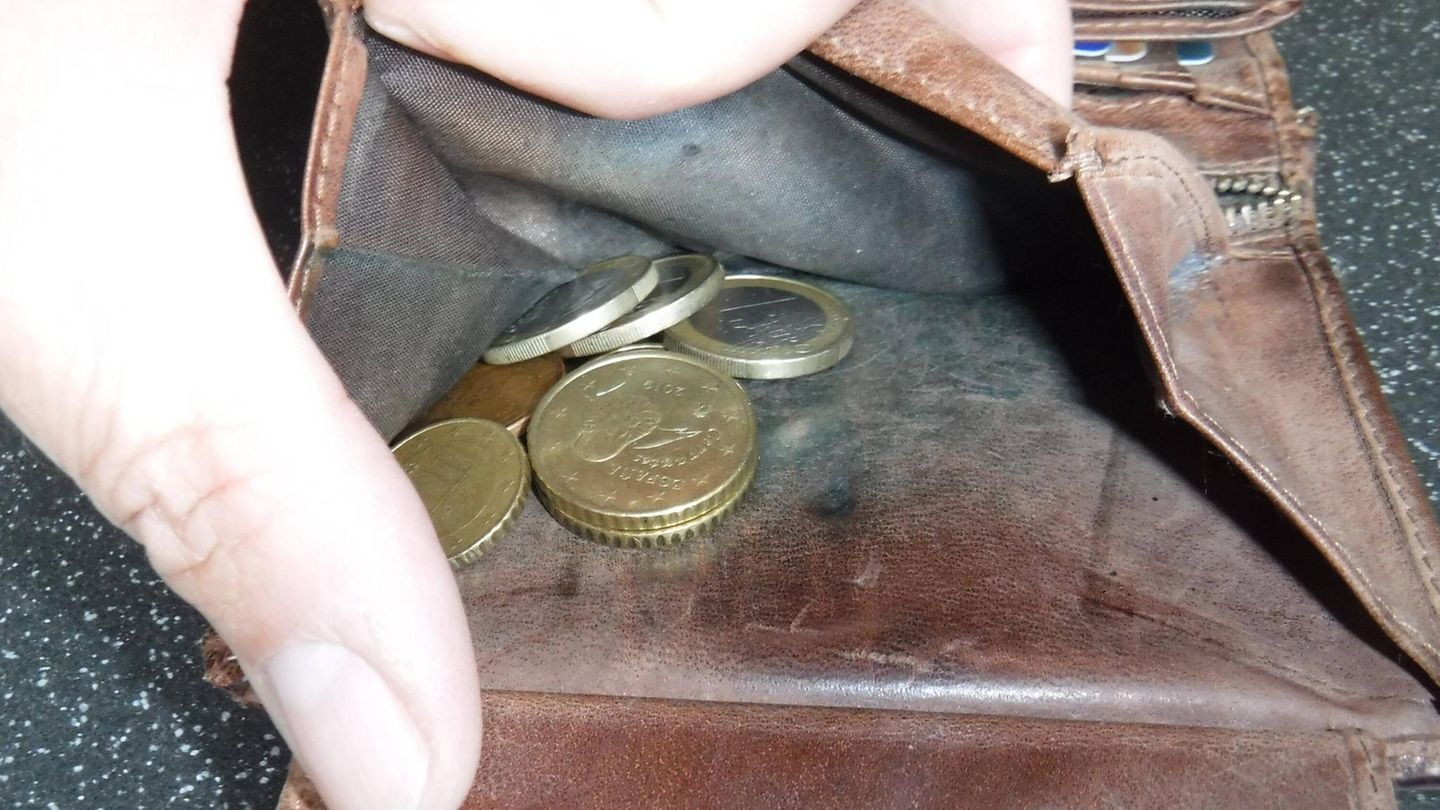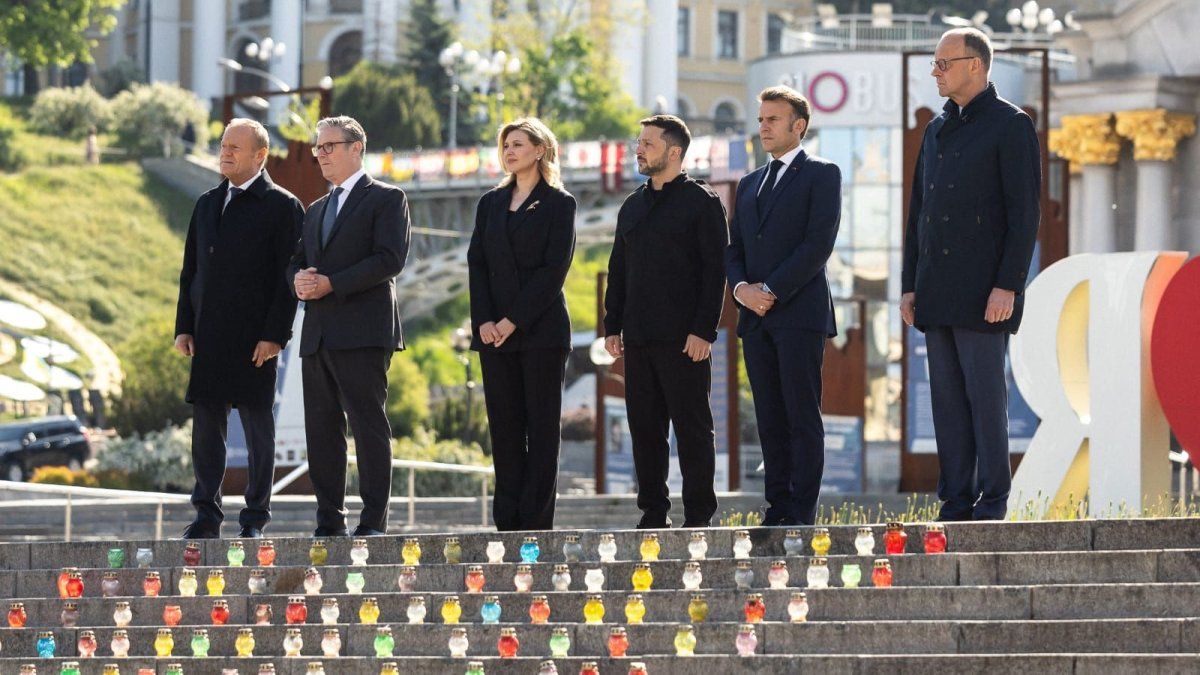On Sunday, Iranian President Ebrahim Raisi died in a helicopter crash. He was now buried in his hometown.
Iranian President Ebrahim Raisi, who died in an accident, has been buried in his hometown of Mashhad in the north-east of the country. According to the state broadcaster Irib, Raisi was buried next to the mausoleum of the eighth Shiite Imam Reza. It is considered the most important shrine of the Shiites in Iran.
Three million people attended the funeral ceremony in Mashhad, the state news agency IRNA reported. There were no independent estimates.
Raisi, Foreign Minister Hussein Amirabdollahian and seven other passengers were killed in a helicopter crash in the northwest of the country on Sunday. Foreign Minister Amirabdollahian was buried in the capital Tehran.
Before that, there was another state-organized funeral for the president in his home province of Khorasan, where tens of thousands of people attended. The provincial capital of Birjand was chosen as the penultimate stop for the funeral ceremonies because Raisi had a special relationship with the city, explained Vice President Mohsen Mansuri. Raisi also represented Birjand on the Council of Experts, an influential clerical body in Iran.
On Wednesday, there was a similar memorial service in the capital Tehran, which was also attended by Iran’s supreme leader Ayatollah Ali Khamenei. After the religious ritual at Tehran University, there was also a ceremony with foreign representatives who had traveled to Tehran. In addition to the Emir of Qatar, Egypt’s foreign minister, the Hamas foreign affairs chief and the chairman of the Russian Duma also paid their last respects to the dead president.
Raisi’s successor to be elected at the end of June
The absence of the last three Iranian presidents caused a stir. Mohammed Khatami (1997-2005), Mahmoud Ahmadinejad (2005-2013) and Hassen Ruhani (2013-2021) were allegedly not invited to the funeral ceremony because they had repeatedly harshly criticized Raisi and his ultra-conservative course.
Raisi’s successor is to be elected as early as June 28. According to observers, the country’s moderate politicians will probably be excluded again in the run-up to the election. It is therefore expected that a candidate from the ultra-conservative camp will win the race again.
The favorite is Raisi’s deputy Mohammed Mochber, who is also acting as interim president until the election. As a close confidant of Raisi, Mochber will most likely continue his policies. There is little hope among Iranians that political change will come under him – or any other ultra-conservative president.
While government supporters mourned Raisi, critics in Iran pointed to the cleric’s past. During his time as Attorney General in 1988, he was held responsible for the execution of numerous dissidents. As president, he also took a hard line – especially against women and their social rights.
However, according to many observers, Raisi was the weakest president in the 45-year history of the Islamic Republic. Since taking office in 2021, he has not only driven Iran further into international isolation politically, but has also plunged the oil-rich country into the worst economic crisis in its history. The Iranian currency, the rial, has lost more than 60 percent of its value in the last three years under his leadership, and inflation has risen astronomically since then.
Source: Stern
I have been working in the news industry for over 6 years, first as a reporter and now as an editor. I have covered politics extensively, and my work has appeared in major newspapers and online news outlets around the world. In addition to my writing, I also contribute regularly to 24 Hours World.




